
Currently reading: The Age of Faith by Will Durant 📚

Currently reading: The Age of Faith by Will Durant 📚
I’ve wanted to see the Grand Canyon for as long I could remember. I think it was a Brady Bunch episode from the early 70s that first caught my imagination. They described the canyon as mountains lying down. Last week, we drove up from Phoenix and camped on the South Rim. We took our electric bicycles from Mather Campground to ride Hermit’s End. Even with such high expectations, I was floored by what I saw. We took the entire day to ride eight miles. We stopped and stared for long stretches. What a wonder. 🗺️
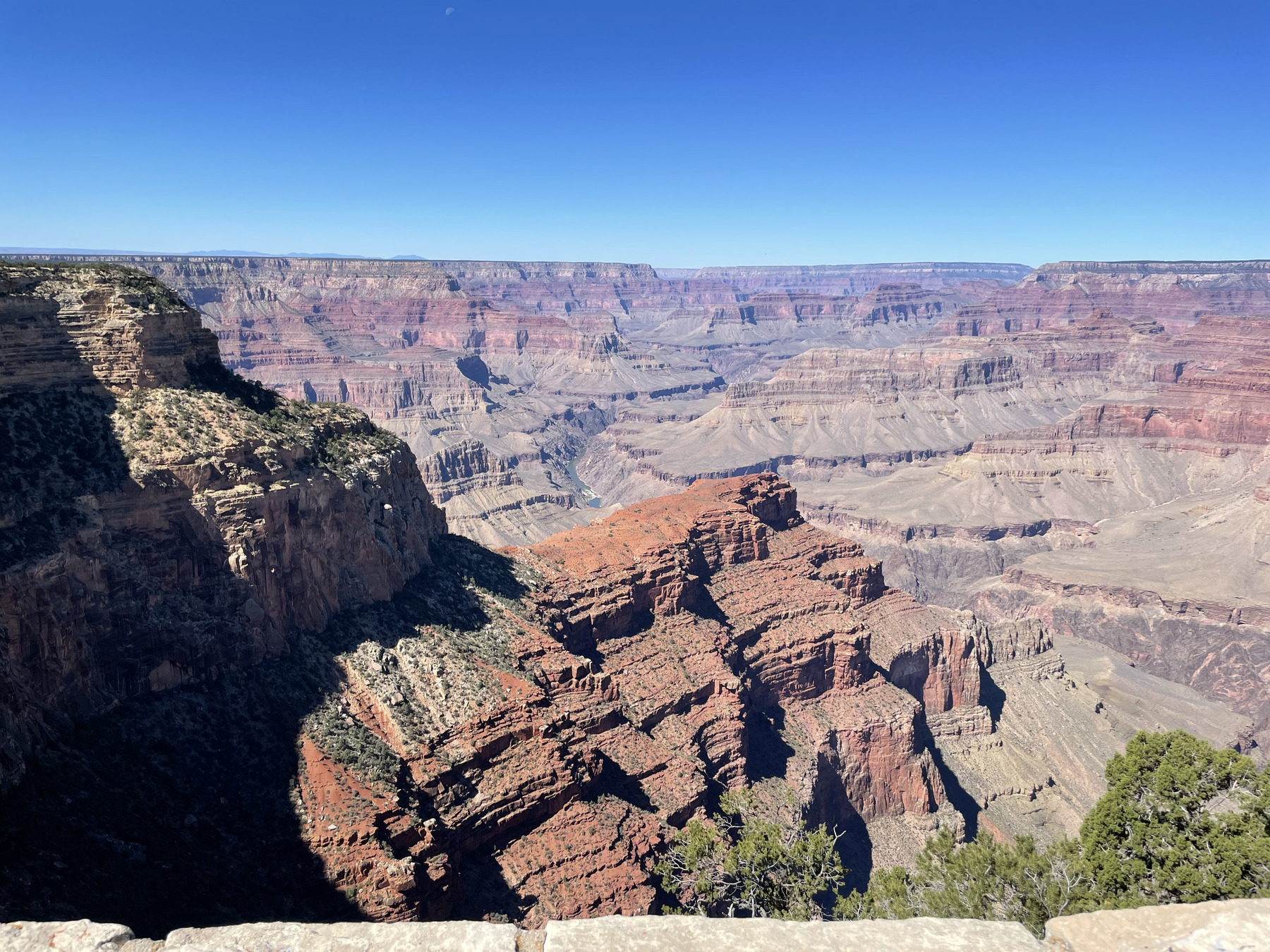
Grieving the loss of a child is a journey through wastelands you never expected to cross. Unlike every other challenge you’ve ever faced, there is no easy way through a loss like this. You stumble and fall. You curse. You are hobbled and bloody. You are not sure of the way. You might be going in circles.
The truth is everyone suffers in this life. It’s our lot to take the awful with the beautiful. We all must face it. In a perfect world, your mom wouldn’t forget you in the fog of Alzheimer’s Disease. You wouldn’t lose a dear friend to cancer in the prime of her life. Your son wouldn’t die in a motorcycle accident before his twenty-first birthday.
In the months before we lost Connor, we crossed a high wire of reinvention. We retired from our careers. We sold our long-time family home and said goodbye to a lifetime of friends on Vashon Island. We bought a winter home in Arizona with the half-sane plan of living a life split between the summer sea and the winter desert. For half the year, home was where we'd drop the anchor.
Reinvention might come easier for some. I felt like a reluctant hermit crab who knows he must shift to a new shell to survive but dreads the transfer. The plans were years in the making. And just at that vulnerable juncture between one shell and the other, that final letting go of the safety and security of the familiar for the heady promise of a new life, a tsunami upends everything, stranding this naked, scared crab, its tiny claws raised as if to fight the wind and water and waves.
After five years of amazing adventures aboard our Nordhavn trawler MV Indiscretion, we’ve decided it’s time for a change. We are coming off the water.
We didn’t plan on this. We dreamed for decades to be at this very spot in our lives — casting off the bowlines to explore the world under our own keel at the unhurried pace of seven knots. But life doesn’t always work out like you hoped.
On September 27th, 2022, our son Connor was killed in a motorcycle accident in Colorado Springs. A car pulled out in front of him on a busy street a half mile from his apartment. He was just twenty years old.
This is the most difficult thing I've ever written. I’m sharing this partly because I hope that releasing these words will provide some catharsis from the excruciating pain I have carried around these last months. Perhaps the sentiments I’ve conveyed here can be a small comfort to someone who has experienced a similar tragedy. I also know that people are worried about us, about me. Consider this an abbreviated journal of our past one hundred days. Unlike anything else I’ve written, this one contains no epiphany, enlightenment, or happy ending. This one is mired in the messy middle of heartbreak and loss.
On the night of September 27th, our son Connor died in a motorcycle accident in Colorado Springs. A car pulled out in front of him on a busy street a half mile from his apartment. He was killed instantly in the crash. He was riding a motorcycle he had owned for just one day. He was twenty years old.
I mentally replay the call we received from the coroner’s office in the wee hours of September 28th over and over and over again, my mind trying to push this all away, to wake up from the darkest, longest nightmare of my life.
Is there anything better in life than being the captain of your own little ship? Is there any better way to greet the day than casting off at dawn?
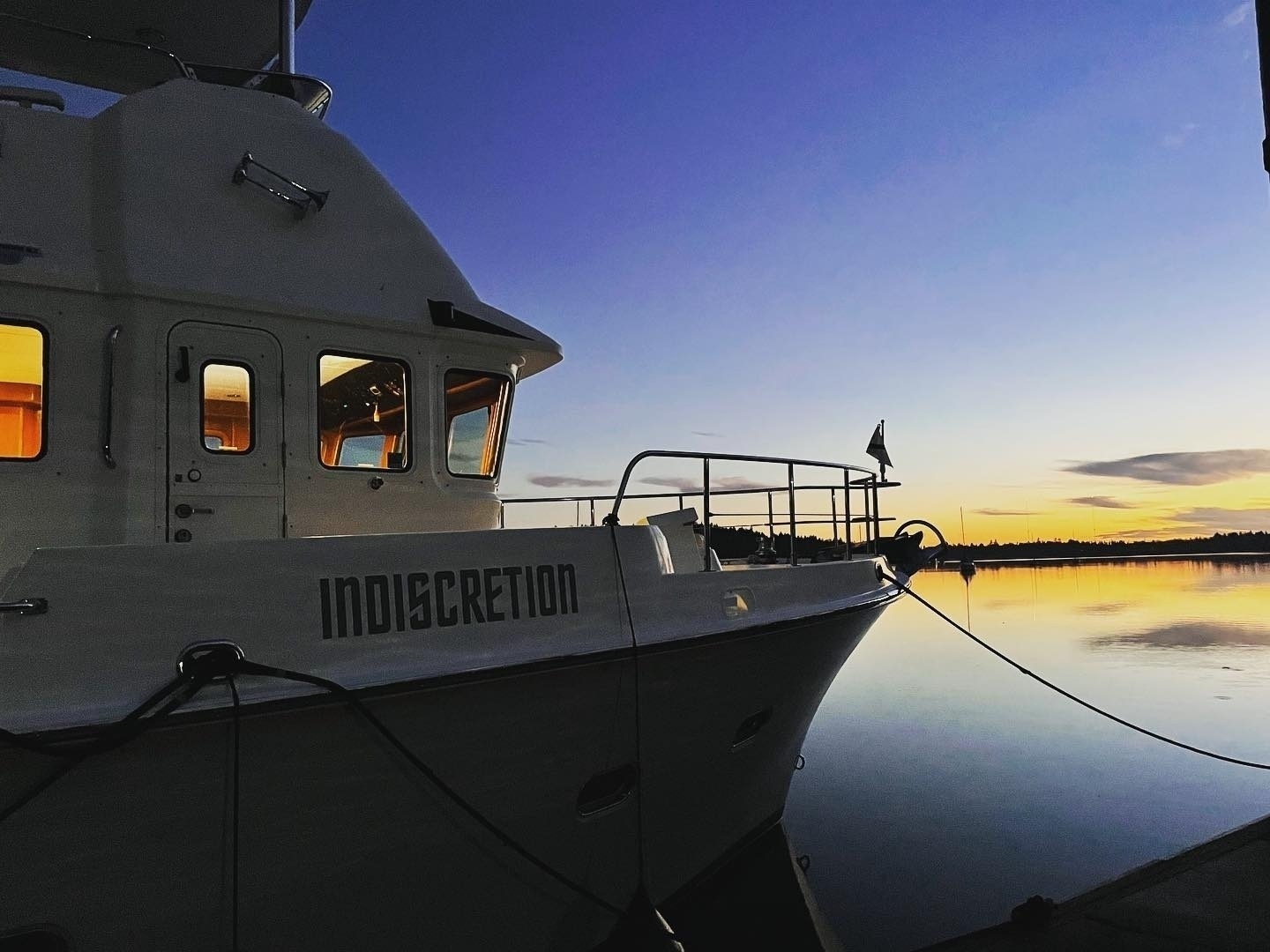
An Early morning departure across the Strait of Juan de Fuca. Watching the sun rise from the wheelhouse is a unique trawler life delight. Calm seas, light wind, a favorable current. Feeling especially blessed this morning.
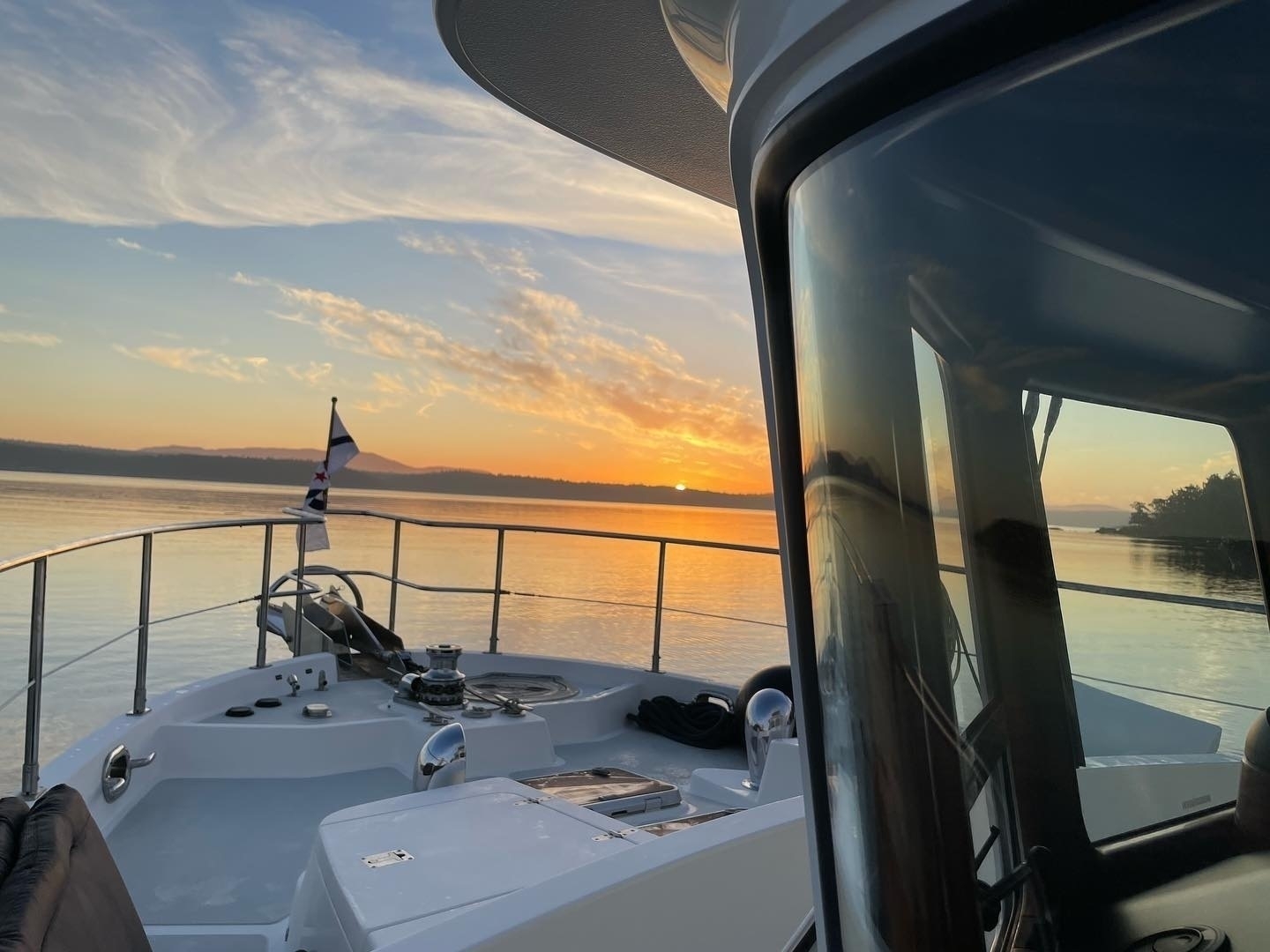
Our first ever stern tie aboard Indiscretion here in Prideaux Haven! That was quite the experience. We learned so much about what not to do! Oh, and swear words come through loud and clear on our wireless Eartec headsets even when one member of the crew is on shore.
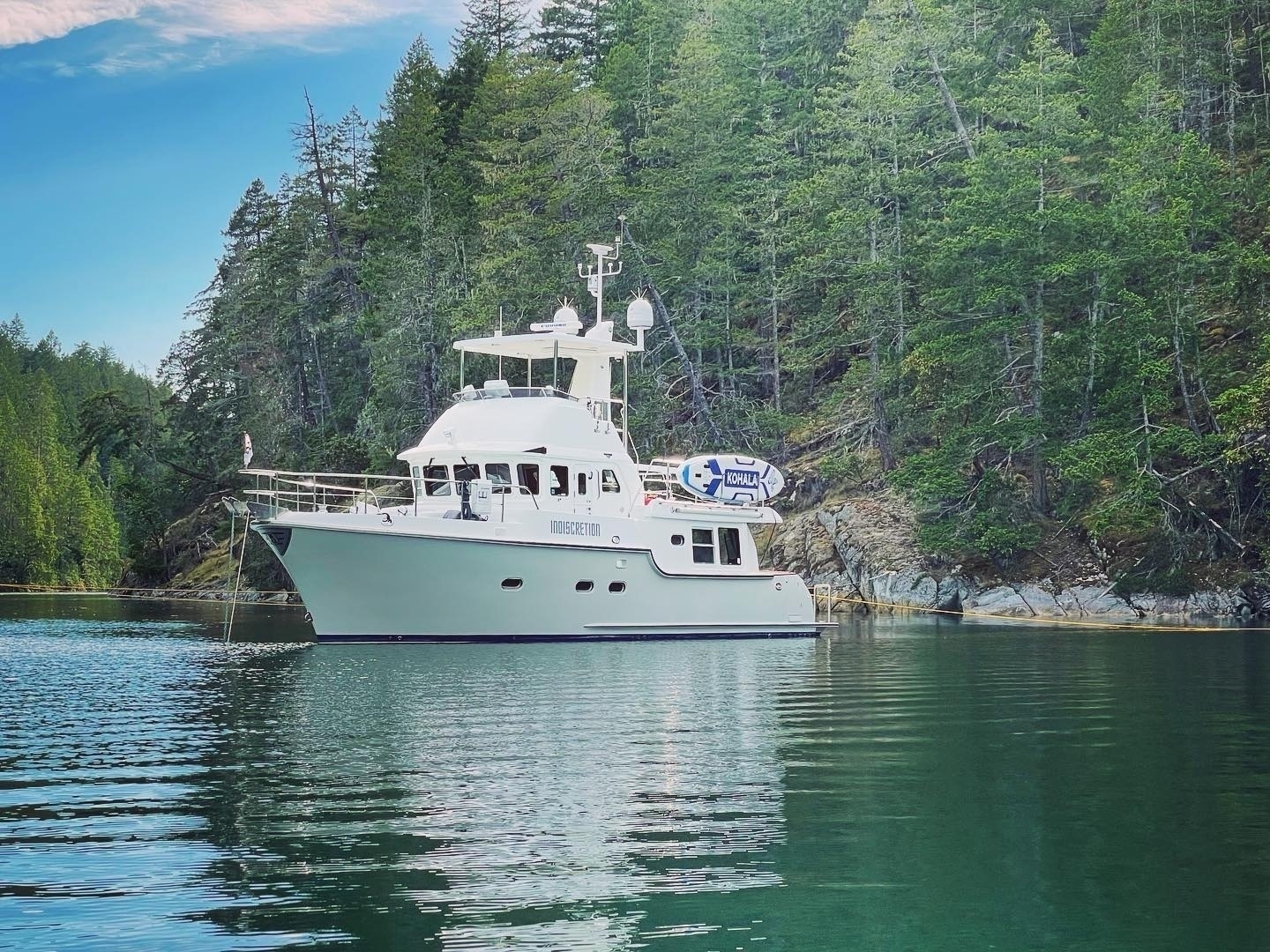
We’ve lived aboard Indiscretion now for 75 days. Other than the comical annoyance that anything you need is ALWAYS under or behind other awkward things that you must first haul out, life on this trawler has been amazing. And now that we’re underway, home takes on a richer meaning. In one sense, we have no home. We’re finally the vagabonds of our youthful aspirations. Yet, in another very real way, wherever we drop our anchor is home. Or, put differently, home for us has become a feeling, not a place.
I know there will be stormy passages and stressful nights in the weeks and months ahead. That’s life on a boat. But tonight, swinging on the anchor in this quiet, calm harbor on my own little ship, the immensity of the Salish Sea to discover and explore just outside these pilothouse windows, there’s no place in the world I’d rather call home.
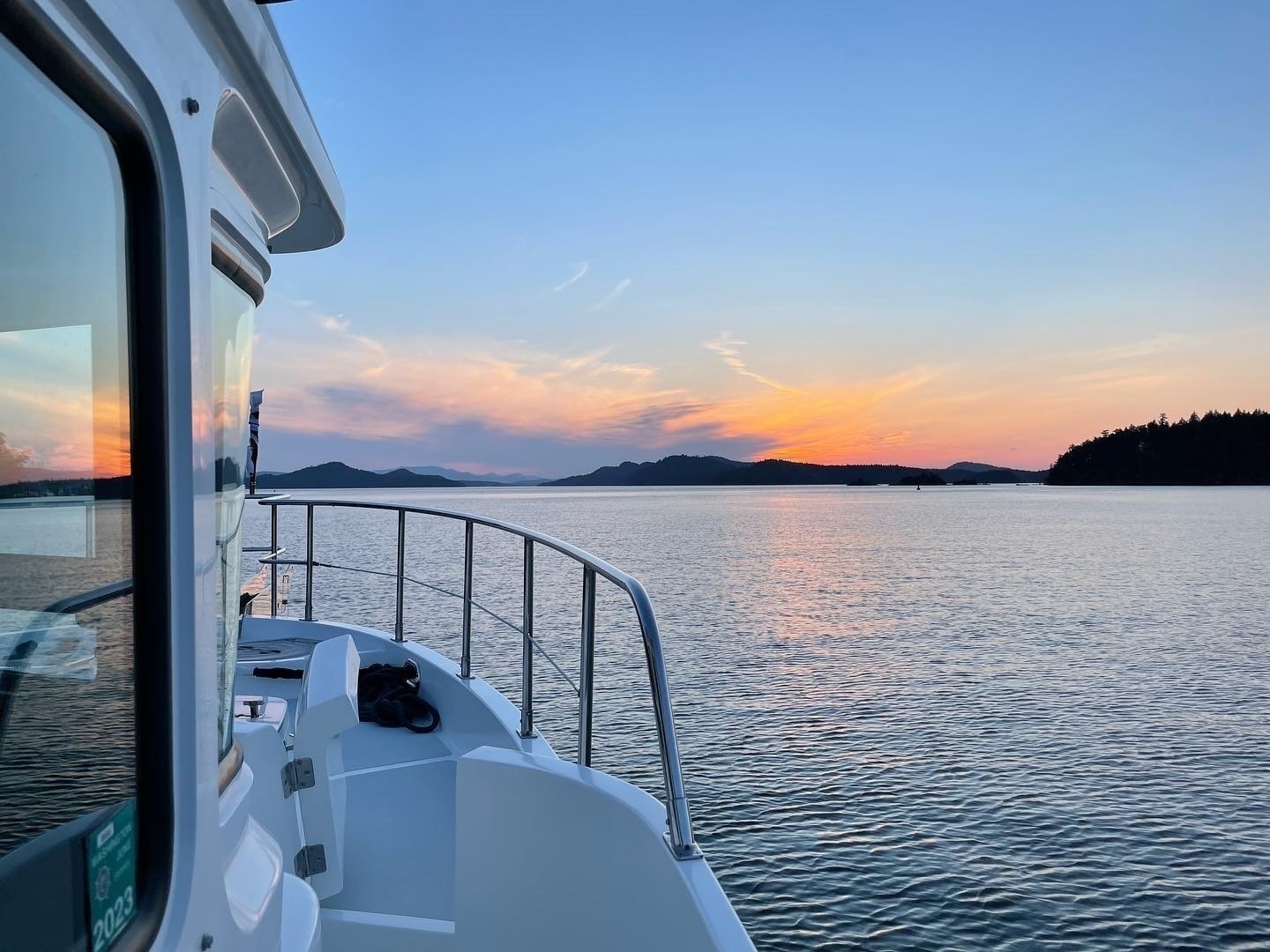
We had such good intentions … We left Shilshole Marina on 6/1 with the northern reaches of British Columbia on our minds. This is the year to revisit Canada: the Sunshine Coast, The Broughtons, a slow cruise down the West Coast of Vancouver Island. We’d skip the San Juans altogether. Well, maybe just a stop over in Roche Harbor …
A week later, we are still here. After enjoying a long weekend at the wonderful SYC outstation on Henry Island, we made the seven mile voyage to Reid Harbor on Stuart Island. That’s a short trip even on a trawler.
We realized we were aching for a little peace and quiet after the frenzy and emotion of selling our longtime island home and the hustle and bustle of liveaboard life at Shilshole Marina. A little healing time is what we’re calling it. And I can’t think of a better way to let the stress of life fall away than on a boat at anchor in this one particular harbor …
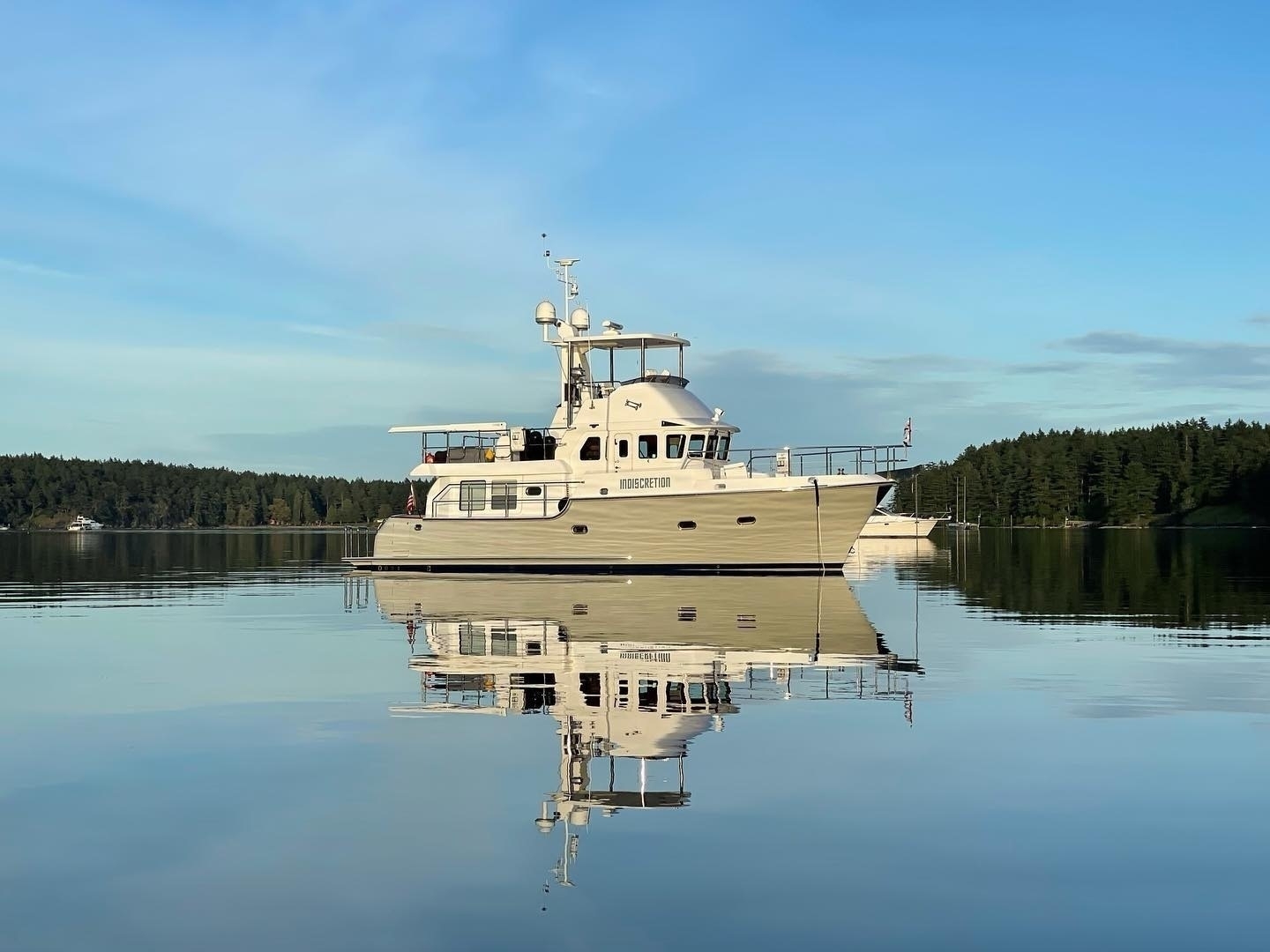
Kicking back in the cockpit of Indiscretion on this fine May evening, I've been thinking about how life has a way of circling back on itself in strange, unexpected ways.
We've been settled in our new slip at Shilshole Marina in Seattle for a month now as we finalize the sale of our Vashon Island home. After all the frenetic activity involved in readying a house to sell, it feels good just to be still and observe the hustle and bustle that surrounds us here, in what surely must be the very center of the trawler universe.
Shilshole Marina on Sunday night.
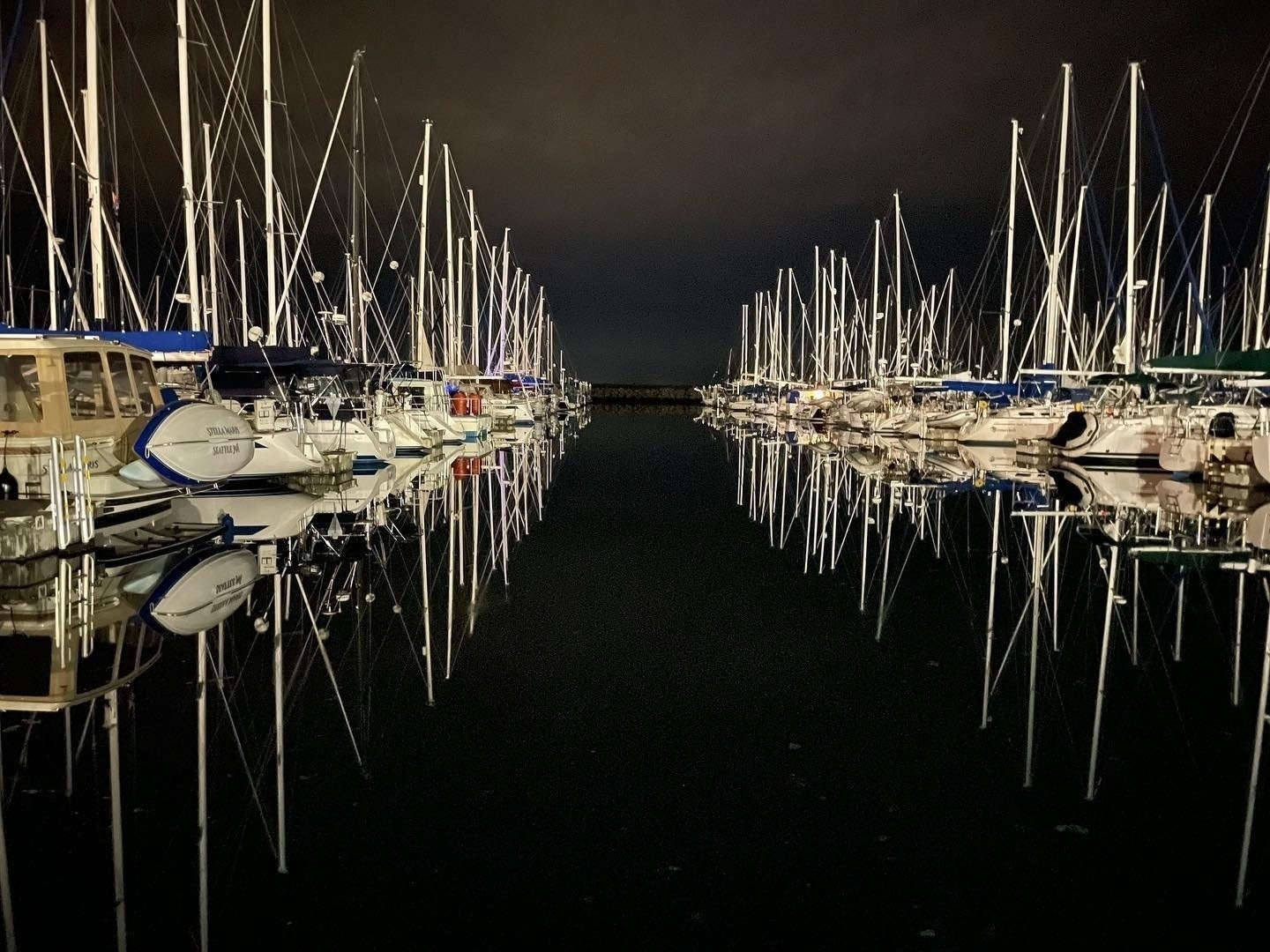
If the first half of life is about growing and accumulating, then the second half must see us disbursing, letting go. Life is full of cycles — like the seasons, or perhaps more dear to me, the flooding and ebbing of tides.
In the past few years, I’ve let go of my aging parents, my career and a lifetime of associates and colleagues, a dear friend, and this past year I watched my two kids leave home to start their own lives of growth and accumulation.
At its best, letting go brings an emotional release, a lightness, a feeling of immense relief, like putting down a heavy weight you’ve been carrying around for too long. At its worst, it brings a paralyzing sense of irretrievable loss. I’ve been thinking about these two very different outcomes as we navigate our next phase of letting go.
A sea change is underway for Indiscretion and her crew. In the span of three cold, dark and rainy months here in the Pacific Northwest, we have decided to shake things up in four significant ways.
I’ve kept a journal for most of my adult life. I got started in my early twenties filling dozens of blank journal books. Ten years ago, I went digital with an app called Day One, and I have been using an iPad to journal since then. My journal holds thousands of entries — over a million words — spanning more than thirty years of private thoughts and memories.
Have you ever run across a book you know you’ve read but can’t recall much about it? Or, come across a passage in a book while you were reading that seemed important — something you knew you could use at some point in the future — but didn’t know where or how to save it so you could find it again?
As I walked through the throng of travelers at LAX recently on my way to a flight that would be canceled the minute I got to the gate, I reflected on how change is the only real constant in life. In less than a week, I found myself hurrying through crowded airports in Seattle, Denver and Los Angeles (fun fact: these three airports accounted for 60% of all holiday flight cancelations). From Denver, I drove 1,200 miles to Los Angeles in a Jeep with Connor and his ten-month-old puppy, listening to baseball podcasts (yes, that's a thing) through Colorado and New Mexico. The music changed to hip hop in Arizona, and I felt nostalgic for the podcasts. I paid nearly $7 per gallon for gas in California and felt nostalgic for Arizona. We survived freeway driving in the rain as we neared Los Angeles with Connor relying on his 19-year-old reflexes -- or the Force -- to weave in and out of 80-mph traffic.
It’s been a year since I adopted Craft as my primary research and note-taking app. I shared my impressions of Craft early on, but I thought I would provide an update on how I’m using the software and why, with all the other choices available in the personal knowledge management (PKM) space, I’m still all-in with Craft.
We’re in the middle of a wet, windy month here in the Pacific Northwest. A weather phenomenon known as a “bomb cyclone” brought sustained winds of 30 knots and gusts up to 50 knots earlier this month. Since then, successive weather systems, aptly called atmospheric rivers, have pummeled Puget Sound, bringing rain and high winds almost every day. Today is no exception: a new storm has knocked out power to our entire island, so we’ve added the steady hum of our noisy generator to the whistling of 40-knot winds and the percussion of rain strafing the windows.
I’m a long-time subscriber of Grammarly, the subscription-based grammar checking and proofreading service. I’m the kind of writer that needs grammar and style checking. No matter how many times I review a draft, the round trip through Grammarly finds some sort of error. It’s tough to proofread your own writing, and incorporating this final check in my process has saved me from some otherwise mortifying bloopers. The cost of a premium Grammarly subscription feels low when compared to publishing articles with these dumb writing errors.